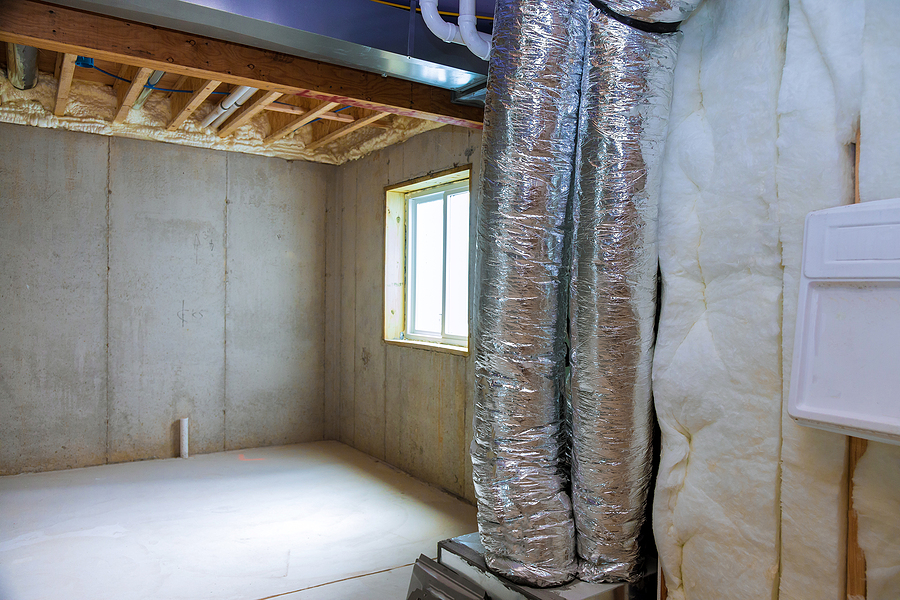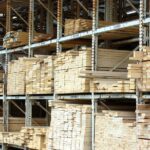Everybody wants a warm, dry, and comfortable home. As a result, we put a lot of effort into ensuring we insulate effectively, install appropriate heating, and make the most of natural sunlight. However, the same effort isn’t always put into commercial structures.
A warm and dry workplace benefits owners, employees, and customers. Whether you’re undertaking renovations or building a commercial structure from the ground up, here is how you may be able to achieve thermal comfort:
By Using Specific Building Materials
If you do enough homework on the best commercial building materials to use for thermal comfort, you may find yourself learning about a vapor permeable air barrier membrane.
This air, liquid, and moisture barrier is a tough and durable membrane that simultaneously prevents air leakage and water intrusion. However, it also allows vapors to pass through your walls’ assembly to dry.
The beauty of such a product is that it can be retrofitted to your existing commercial structure or included in a new one. It also works well as an air barrier for a myriad of different internal and external building materials, such as concrete block, gypsum board, primed steel, cast-in-place concrete, drywall, plywood, and more.
Installing MRT-Regulating HVAC Systems
While installing any HVAC systems may be how you keep your building’s occupants warm, those that regulate the mean radiant temperature (MRT) may be more beneficial for thermal comfort than others.
Such a system will measure and regulate the radiant part of your operative temperature. You just have to use them in conjunction with systems that control ventilation and indoor air quality.
Designing for Occupant Control
While installing HVAC systems and using specific building materials can go a long way toward improving thermal comfort, you may also see the value in allowing for occupant control.
Giving employees at least a small amount of power over their indoor environmental quality means you’ve got more chance of catering to the masses. Incorporate thermostat operations into the building’s design, or even blinds and windows that are fully operational.
It’s also essential to design the building to utilize natural radiation and ventilation from the sun, rather than relying on specific machines, appliances, and materials alone. The more of these things you include, the more comfortable your employees may be. You may even notice improved attendance if they are happy with their workspace.
Preventing Leakage
You might have the most effective and most efficient HVAC systems for your commercial structure. However, they can’t operate at their best if air is being lost through leakages in your building envelope.
Not only can you find it harder to maintain thermal comfort, but your building’s energy efficiency may also suffer. Leaks can also cause drafts due to pressure and temperature differences of the interior and exterior.
Special building materials like air barrier membranes may be able to combat this problem, so consider talking to the experts to find out what you can do.
Your home may have the best insulation, heating systems, and positioning to be warm, dry, and thermally comfortable, but you may not be able to say the same about your commercial structure. Focus on these points above, and you may be able to transform your commercial building into one that’s almost as comfortable as your own home.
Image Source: BigStockPhoto.com (Licensed)
Related Categories: Home, Reviews








